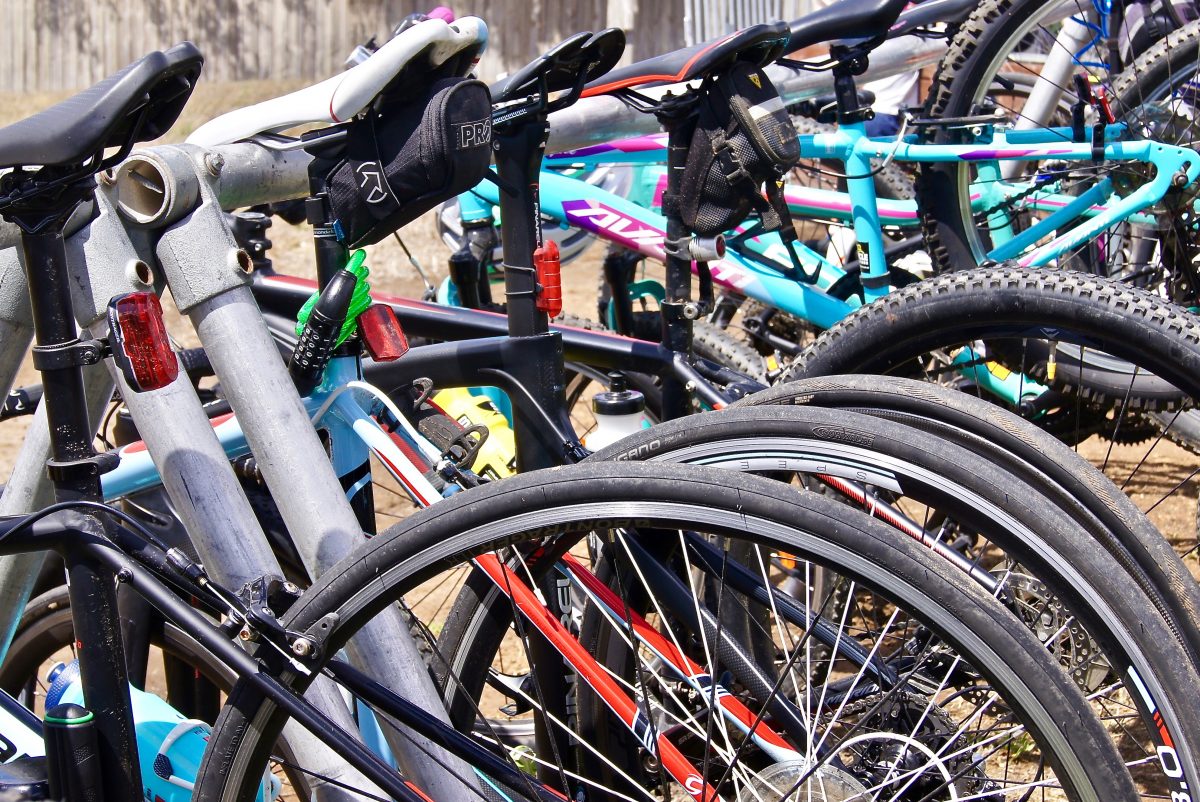
Buying a new bike? Should You buy, Carbon or Alloy?
In this article we aim to provide an overview of the variations between Carbon bike and Aluminum bike frames. When buying a new bike which one should you buy? What are the important factors to consider, and we try to answer the question “Does it really matter”.
When looking to purchase a new bike the question of choosing between carbon and aluminum/alloy frame pops up frequently. Some say it’s even better to buy a cheap carbon frame bike than an aluminum frame bike, while others insist that cheap carbon frame bikes aren’t worth your money and you should stick with metal in a tight budget.
We thought it best to provide a few of the key differences between carbon and aluminum bicycle frames before moving on.
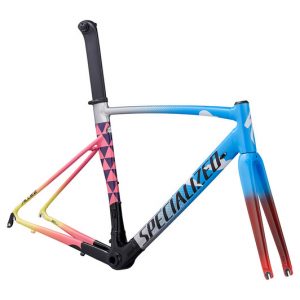
All Carbon is Not Created Equal
Carbon being one of the most optimizable materials is used in some of the best bikes, Formula One and planes. It’s light, stiff, springy and stealthy. The problem is that not all Carbon is created equal and just the name tag does not guarantee that it’s better than other frame materials such as aluminum.
Just quickly and without delving into the technicalities when we are talking about aluminum we mean 95-98% aluminum mixed with a few other metals, which is referred to as alloy.
The choice between aluminum and carbon is not so straight forward. Low-end bikes made using cheap carbon frames are not necessarily better than aluminum frame bikes. Just because a bike uses a carbon frame does not mean it’s as good as bikes that are optimized and use quality carbon. In fact, low-end carbon frames have some undesirable characteristics associated with them such as a wooden and dead feeling.
When looking for a new bike its important to turn your mind to the specifications and not just the words carbon. Don’t just assume because it uses the word carbon that its better.
The value for money and the larger scale use of carbon and other materials such as titanium is closing the gap between alloy frame sets and carbon, however its important to consider the type of riding you will be doing and the cost vs benefit of spending a few thousand extra to gain a carbon frame with potentially the same running gear as the allow frame.
Entry-level road bikes with carbon frames might be affordable, but in most cases latest gen alloy bikes are still going to be a better option at almost the same price.

Carbon Vs. Aluminum Frame’s
When looking at most bikes for sale either road, mountain or gravel, today you will still tend to find four main types of frames:
Carbon, Aluminum, Titanium and Steel
Although steel and titanium have their own pros (and cons), we going to focus on carbon and aluminum frames, as these two materials are currently the most talked about.
The difference between a carbon and alloy frame are generally noticeable on a road bike due to how both materials dampen vibrations. The stiffness of the frame and the weight will play a significant part in how the bike will handle along with the efficiency of transferring power through the pedals to the road.
The big difference most will consider is weight and generally speaking if your like us, going up hill presents its own challenge’s so weight really does matter. As a general rule carbon is lighter than alloy, however it still may not be the best option for all situations and its important to talk to your local bike shop and friends to get some individual thoughts and professional advise.

If your intending to spend days riding downhill MTB courses you maybe happier to have some extra weight and stiffness in the frame leveraging the inertia and weight for better control at high speeds.
You will hear a lot of chat about the stress put on bikes and frames, stories of carbon cracking resulting in all sorts of issues. Many would say you can ride a bike with a dented aluminum frame, but you can’t ride a bike with a snapped carbon frame. General rule is any significant impact has the potential to compromise the integrity of the frame and its important to seek professional advise if this happens. Remembering damage could be hidden from plain sight. Most of your local bike mechanics will know what to look for and often with carbon, x-rays are the best way to ensure frame integrity after a big impact.
With this being said it isn’t just about the raw material. How it’s treated also matters. That’s the reason all major brands have their own name for the carbon they use. Carbon is inherently brittle so a composite is made using resin. Manufacturers layer hundreds of sheets of carbon in a single frame.
Some of the main advantages of carbon frames include:
Lightweight
Better at dampening vibrations
Malleable, make it possible to manufacture more aerodynamic bikes
The major disadvantage of carbon frames is that damage is not always obvious, which means a bike can fail under stress if it’s not carefully checked after a crash.
Aluminum
Aluminum is cheaper to produce than carbon and is usually alloyed with other metals. It’s still lightweight compared to other metals and stiff. Good quality road bikes use butted aluminum frames (single, double and triple butted) to achieve a better strength-to-weight ratio. Single, double and triple butting might confuse many buyers, but for the sake of simplicity, more butting should in principal mean better quality.
The main advantage of choosing aluminum over carbon is that you may find a higher-end bike in the same price range.
Although not as lightweight as carbon, aluminum has come a long way since it was first used in bikes. Good aluminum frame road bikes can be as lightweight as cheap carbon frame bikes.
The main disadvantage of aluminum frame is harsher ride, stiffness and also being the manufacturer is restricted on being able to control the frame flex in comparison to carbon.
However, this also means they are less prone to complete failure and a good bike with quality aluminum can last a long time.
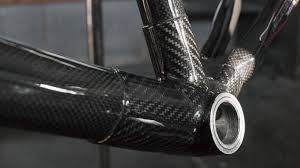
So here are some things to consider when looking for your next new bike or picking a second hand ride:
Weight: Carbon is generally lighter and stronger than aluminium. When does this matter, well generally when your hammering along a flat road or hitting a big climb.
Comfort: Carbon is highly customizable, manufactures can play with design angles and absorption. This can provide a better feel and sometimes design can also absorb impacts better.
Durability: This one comes down to two things; the first is quality of both materials regardless of carbon or another material the higher the quality the higher the durability.
Importantly the care you take of your bike both when riding and storing is critical to the life of your bike. Interestingly a bike generally is only going to suffer frame damage in a few situations 1. being involved in a fall, or 2. it gets damaged when in transit. Probably a topic for another day but how you transport your gear is important. So pay particular attention to how you transport and store your bike when not it use.

Budget is always going to be a driver, however forking out the extra cash for carbon for instance doesn’t mean better running gear, so take a moment to do some comparisons.
Dampening: Carbon frames are known for the ability to reduce the harshness of a ride, meaning they can be more comfortable to ride on, however for those entering into a first bike purchase generally the feel wont be that significant.
Conclusion
Frames are a cost vs. benefit decision, Professional racers are willing to pay the premium for even the slightest of advantages in terms of performance, handling, comfort and durability.
We often see the top of the line bikes at club races, nice to have but unless your at the pointy end of the field the rest of us generally wouldn’t gain much at all.
We recommend buying the best possible specs at any given price point instead of getting lured by exotic materials such as carbon. Quality running gear, chains, cassettes, chain rings, levers and shifters are the things that will have a big impact on your ride and generally these on the lower quality end will result in you having to replace them sooner or more frequently so make sure you look holistically at the package and balance out the various advantages and disadvantages.
With all this being said material’s are only a small part of the bike. One of our most popular reviews covers of a comparison between two Specialized bikes in detail, the Specialized Venge v’s the Specialized Tarmac; it also provides some insights into the variations between carbon.
Looking to find out more about individual brands; the what and how? we have grabbed some links for you:
FACT CARBON FIBER: FACT, short for Functional Advanced Composite Technology, embodies our approach to carbon composites. It’s a comprehensive engineering process that guides the development of frames and components, all the way from initial sketches to finished products.
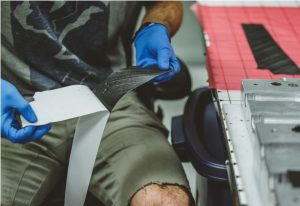
Giant
Advanced Composite Technology: Giant’s High Performance Grade raw carbon material is used to produce this custom frame material in our own composite factory with a high stiffness-to-weight ratio. The front triangle of these framesets is assembled and moulded as one continuous piece in a proprietary manufacturing process called Modified Monocoque Construction.

Factor
Factor’s modeling is performed exclusively in-house on powerful workstations that make a home computer look like a pocket calculator in comparison. To achieve superior performance, we devised our OTIS—One Total Integration System. OTIS includes a one-piece bar and stem for smoother airflow, a proprietary external steering fork to decrease frontal area whilst giving the wind more surface to follow and our Twin Vane split down tube.
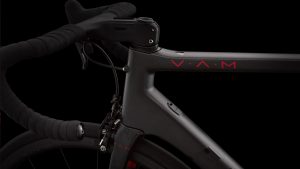
Trek
Treks strongest, lightest carbon yet: OCLV Carbon is Trek’s patented carbon fibre process, the result of more than 25 years of experience building the world’s finest carbon fibre bicycles in Waterloo, Wisconsin, USA. Experience matters, especially when working with a material that holds seemingly endless possibilities but presents such unique challenges as carbon fibre. To understand the best technology, you have to build it, and we’ve been doing just that since 1991.
Focus
MAX Carbon Technology pushes the boundaries of lightweight construction: we use highly rigid high modulus carbon fibres in a fibre-based design to optimise the weight-to-stiffness ratio which, when coupled with our high-pressure moulding process, achieves maximum strength and withstands test procedures significantly above the standard. This has enabled us to construct the world’s lightest frame.
Interested in how Carbon Fibre is made well have a look at this.

Find, Sell, Buy Anything Cycling
Find new and used bicycles for sale in Melbourne, Sydney, Brisbane, Adelaide, Perth and more on Bike Chaser, Australia’s marketplace for cycling products.
Find more frames at Bikechaser.com.au
Find Carbon Frames here:
If you’re anything like us, you’re passionate about cycling. It’s the freedom of being on a bike, the burning feeling through your legs when you climb a steep hill, the feeling of accomplishment after a big ride and the competitiveness and camaraderie that makes the sport so enjoyable.
And then, of course, there’s all the gear! You’re on a constant hunt for the newest and latest equipment. Equipment that will make your ride feel lighter, faster and perhaps even a little cooler. That’s what we love about cycling (just as much as having that latte at the end of a ride). Bicycles, wheels, components, saddles, handlebars – it’s never-ending and so much fun.




